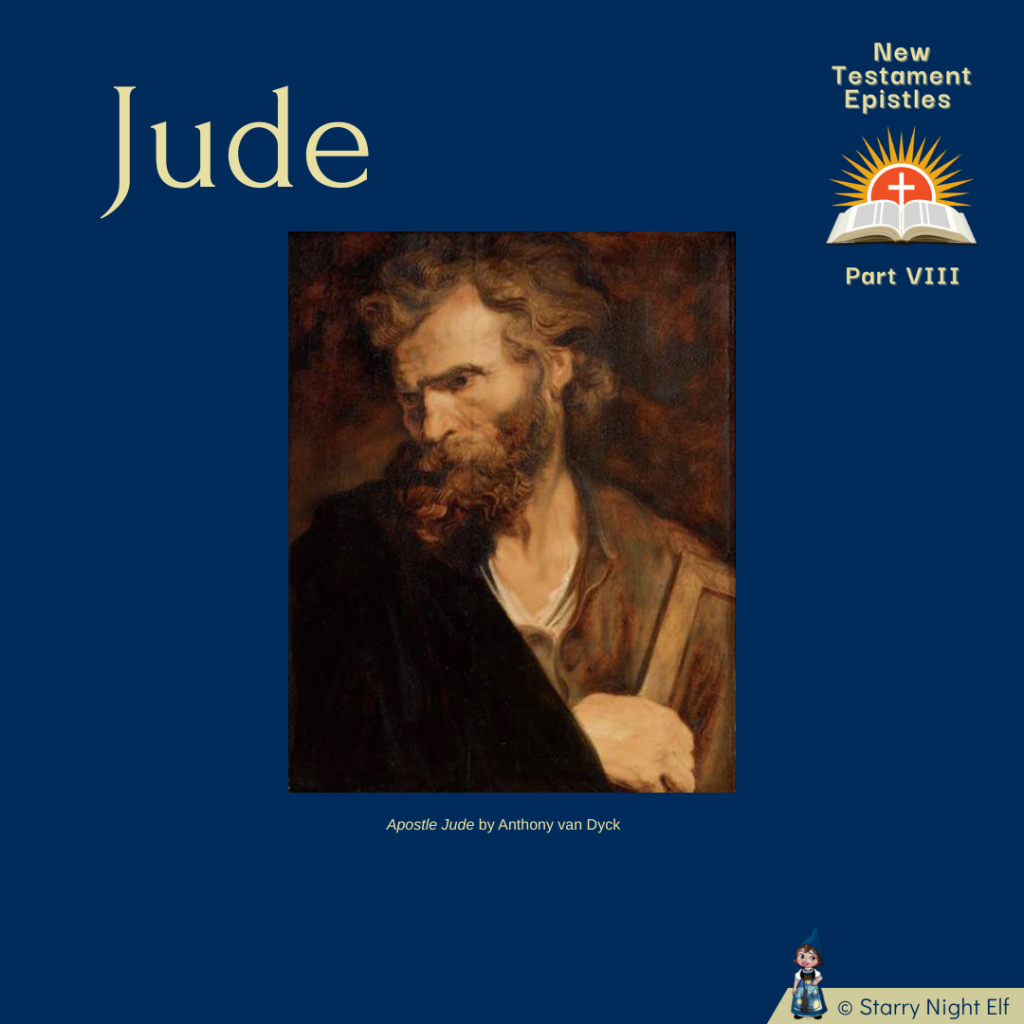
Part of a series of SBR on NT Books of the Bible. Click here to see other NT SBR.
* The following post transparently exhibits my Christian faith.
5/5 Last week, I wrapped up my Starlight Book Reviews (SBR) of the Old Testament Prophets with “Minor Prophets IV.” Click here to read my SBR of Haggai, Zechariah, and Malachi. Today, I conclude my SBR of individual books of The Bible for 2023 (yes, last year) with the Book of Revelation.
“The Book of Revelation, also erroneously called the Book of Revelations, is the final book of the New Testament (and therefore the final book of the Christian Bible). Written in Koine Greek, its title is derived from the first word of the text: apokalypsis, meaning ‘unveiling’ or ‘revelation’. The Book of Revelation is the only apocalyptic book in the New Testament canon. It occupies a central place in Christian eschatology… The author names himself as simply “John” in the text, but his precise identity remains a point of academic debate. Second-century Christian writers such as Papias of Hierapolis, Justin Martyr, Irenaeus, Melito of Sardis, Clement of Alexandria, and the author of the Muratorian fragment identify John the Apostle as the “John” of Revelation. Modern scholarship generally takes a different view, with many considering that nothing can be known about the author except that he was a Christian prophet. Modern theological scholars characterize the Book of Revelation’s author as “John of Patmos”. The bulk of traditional sources date the book to the reign of the Roman emperor Domitian (AD 81–96), which evidence tends to confirm.”
With each read of Revelation, I feel the need to eat my proverbial Wheaties. Yet, as I do visit this book every year, I see many of the comforting promises of the Lord. Also, I marvel at God’s love for His people. Speaking of comfort, promise, and love, here’s my all-time favorite verse from this last book of The Bible.
Here is a verse which resonated with me:
20 Behold, I stand at the door, and knock: if any man hear my voice, and open the door, I will come in to him, and will sup with him, and he with me.
Revelation 3:20
Select Bibliography
- Bauckham, Richard (1993). The Theology of the Book of Revelation. Cambridge University Press. ISBN 978-0-521-35691-6.
- Carson, Don (2005). An Introduction to the New Testament (2nd ed.). Grand Rapids, Michigan: Zondervan. pp. 465ff. ISBN 978-0-310-51940-9.
- Collins, Adela Yarbro (1984). Crisis and Catharsis: The Power of the Apocalypse. Westminster John Knox Press. ISBN 978-0-664-24521-4.
- Holmes, Michael (2007). The Apostolic Fathers: Greek Texts and English Translations. Baker Academic. p. 749ff. ISBN 978-0801034688.
- Martin, Dale B. (6 April 2012). “The Last Trumpet”. The New York Times.
- Stuckenbruck, Loren T. (2003). “Revelation”. In Dunn, James D. G.; Rogerson, John William (eds.). Eerdmans Commentary on the Bible. Eerdmans. p. 1535. ISBN 978-0-8028-3711-0.









